10 Smart strategies on how to start working out as a beginner.
Learning how to start woking out can be confusing, overwhelming, and sometimes even scary.
You may have no idea where to start, because there is so much information out there that it can often times hinder the process of you starting to workout. This is known as paralysis by analysis.
Meaning you’re consuming too much information that it is stopping you from even starting.
Trust me we all have been there, and the best thing you can do for yourself when learning how to workout as a beginner or beginning anything in that matter, is to make it a simple process for yourself.
Take it one step at a time, literally. It is better to just start moving than standing still where you are any longer.
I’m going to give you 10 simple, and attainable smart strategies on how to start working out at home, or at the gym.
1. Decide Where
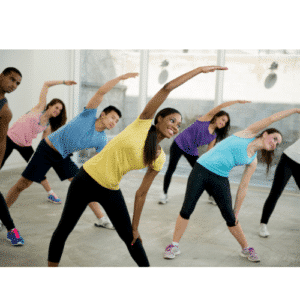
First, decide where you want to workout. Is this at home, a gym, or a studio/class?
Answer this question first, because this is your first step into setting up a plan to execute.
Fail to plan, and you’re planning to fail.
For instance, if you decide to workout at home then you’re aware you must create a space in your house first in order to get started working out.
Perhaps instead you will need to purchase a gym/studio membership first prior to getting started.
Once you have that settled, its time to figure out the next thing.
2. Invest In The Right Apparel.
Apparel can make or break a workout, and investing in the proper workout clothing ahead of time can be a game changer.
Now, this does not mean purchasing unnecessary expensive clothing. Not at all, this simply means having a few comfortable gym outfits that you feel good in, and that is suitable for the exercise routine.
Everyone has their own style, and fit that makes them feel confident, and comfortable. Whether that be yoga pants, and a t-shirt, matching fitness set, or shorts, and a tank top, etc.
The main factor here is to get the right exercise clothing for yourself that will make you feel good, and prepare for this ahead of time.
A few key things to take note of when shopping for fitness clothing:
- Material
- Weather
- Type of workout you’ll be performing
Sure running shorts are great for a jog outside, but what if you’re doing yoga, and getting in odd bent over positions, then it’s not so logical. So be mindful of this when shopping for your fitness apparel.
Good material:
- Nylon
- Spandex
- Poly-Dri
- Bamboo Fiber
Not so good material to wear every workout:
- Cotton – Not good for sweating
- Polyester – Tends to hold onto bacteria, and creates a smell. Most workout fabrics are made with this material, just be mindful of washing after each use, and choose to wear on days when you’re doing a brisk walk, or something light.
3. When To Workout
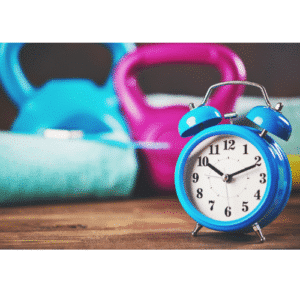
The best time to workout is the time that is best suited for your schedule.
The most important thing right now for you to focus on is simply showing up to each workout consistently, regardless of what time it is.
There have been studies that show working out first thing in the morning can ensure your workouts are never missed, and it has shown to have some faster weight loss benefits in some individuals, but that doesn’t mean everyone can or has too.
It is just as beneficial to workout during lunch hour, or later in the evenings if that is where your schedule allows time, and or when you have the most energy. Focus on showing up at the best time frame for you.
Make sure to schedule your workouts in your calendar as if they are appointments, because this ensure’s you have no excuse not show up, and it’s uninterrupted time you carved out. (Be sure to let the family know this is important time.)
4. How Long To Workout
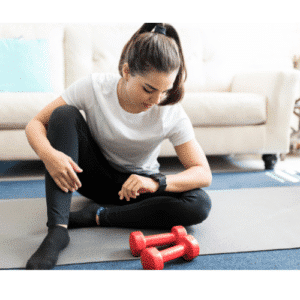
When you’re new to working out, or just getting back into the groove of it all, working out 20-45 min is great.
Again this is subjective to your schedule, and current fitness level. If you’re a busy bee who can only squeeze in 20 minutes everyday than that’s perfectly ok!
If you do however have about an 45 min/1 hour window only a couple times a week then that is just as perfect. Again it is custom to your lifestyle.
Getting 2/3 45 minute workouts a week, is just as beneficial as working out 20 minutes a day.
Please be sure not to overdo/overtrain when just starting out. This is crucial, often times when we begin a new journey we get all excited, and do the ”all or nothing” approach.
This will not help you, it will hurt you. Working out too much can hinder your fitness journey. Giving your body time to rest and repair it’s muscle fibers, and cell are just as important as the workout itself.
Train smarter not harder, trust me. You will succeed if you train smart, and slowly build up momentum over time. Your body is not used to all this movement, so allow it time to function properly before adding in too much training.
5. How To Train
There are a few phases to training. This allows you to train properly towards your goals without injury.
PHASE 1: Stability Endurance
2: Strength Endurance
3: Hypertrophy
4: Max Strength
5: Power
When starting out I recommend starting at phase 1 with full body weight exercises. Do 1-3 sets per exercise, with high repetitions ranging between 12-20 reps. As a result, this will help with stability, balance, build endurance, and overall strength.
Yoga, or pilates are also great workouts to start as well if you are not wanting a traditional gym setting.
Moreover, this method of working out will allow you to burn calories, create a strong core, and a proper foundation.
Here is a great full body workout to get you started.
6. Bigger To Smaller
Large muscles utilize more energy to execute the exercise, along with compound exercises.
Compound movements are exercises that utilize multiple joint, and multiple muscle groups in an exercise.
We have the most energy at the beginning of our workouts, in knowing this it can be beneficial to take advantage of this be starting with bigger muscle groups first, and working the smaller muscle groups towards the end of workouts.
Bigger to smaller:
- Legs/Glutes
- Back
- Chest
- Shoulders
- Tricep
- Bicep
Examples of some exercises to perform in proper order:
- Deadlifts
- Squats
- Pull up
- Push up
- Dips
- Bicep Curl
7. Warm Up
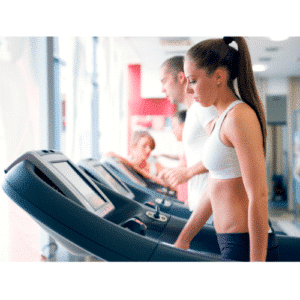
Warming up is an essential piece of the puzzle, and only takes about 5 minutes to do. A small time frame for a longterm benefit.
Why should you warm up?
- Increases blood + oxygen to your muscles
- Elevates Heart Rate
- Increases flexibility for better range of motion in each exercise
- Decreases muscle tension or pain
- Improves performance
- Lowers risk of injury
8. The Importance of Stretching

Stretching is another important piece of the equation when it comes to optimizing your workout, and well-being.
The 2 most common forms of stretching are dynamic and static stretching:
- Dynamic Stretching – These are active movements that cause the muscle to stretch prior to a exercise, but these stretches are not held long in the end position. Dynamic stretches simply get the muscle ready for an exercise that is about to be performed.
- Static Stretching – Performed after working out. They involve holding a stretch in the end position for about 30 seconds or more. Most beneficial after the workout to reduce your risk of injury.
Stretching plays a huge role, because this helps to increase flexibility, thus allowing you to enhance your range of motion. Moreover stretching improves performance of your workouts, increase blood flow to the muscle, releases tension, improves posture/form, and as a bonus is a stress reliever.
In conclusion it is easy to see how beneficial stretching is to incorporate in your routine.
9. Rest Days
Including appropriate amount of rest days are essential to ensuring you’re not over training, and risking the chance of injury.
In addition rest days allows your muscles to recover, repair, adapt, and become stronger, and allows your nervous system to regenerate, and recharge.
Take the time to enjoy your rest days, and nourish your body in all the ways.
10. Believe In Yourself
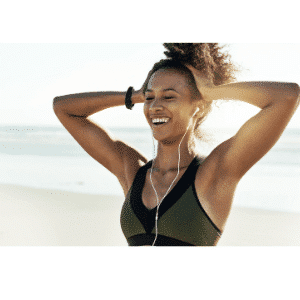
Lastly, and perhaps the most important quality to adhere, is to believe in yourself, and your capabilities to conquer your fitness goals.
Believing in yourself can bring you all you benefits you need to succeed, and accomplish your goals.
Above all, this will help you to embrace the process, because you know there will be challenging days. You will be able to overcome any negative thoughts, and continue to push through them.
These 10 smart strategies on how to start working out as a beginner will get you started off in the right direction on your fitness journey.
Time To Start Your Journey!
P.S If you found this article helpful or can help another woman in any way please share, and comment below what you loved most!
I love to hear from you!

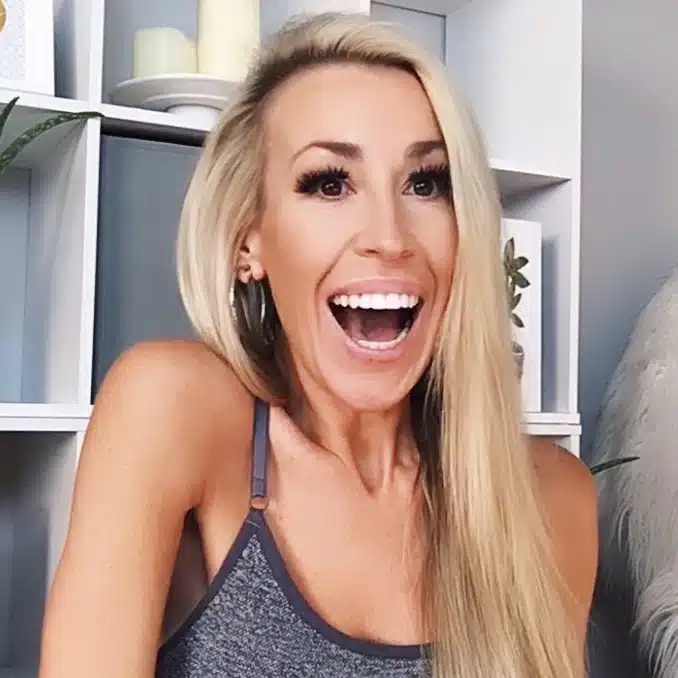

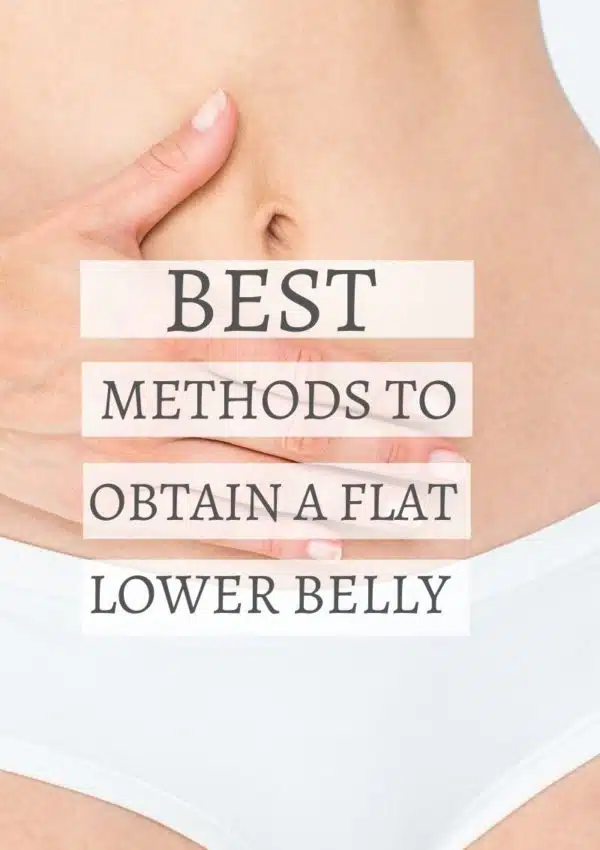
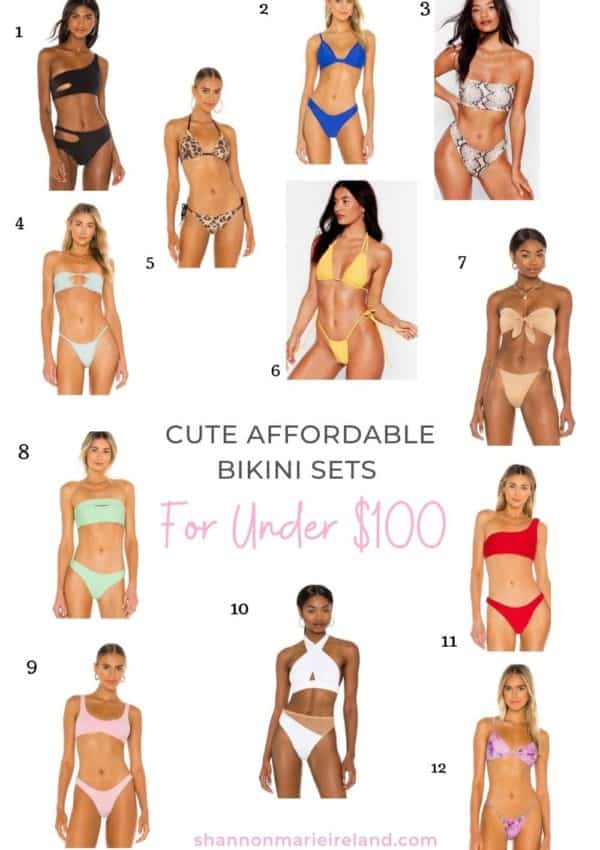

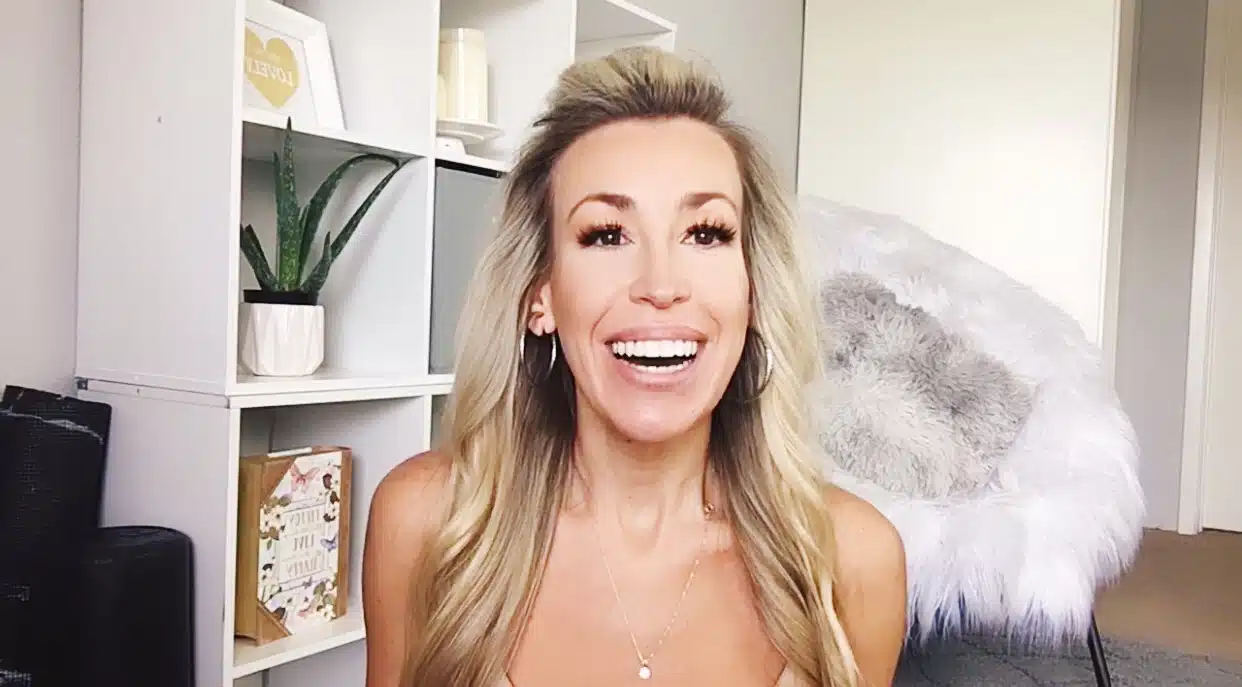
Leave a Reply